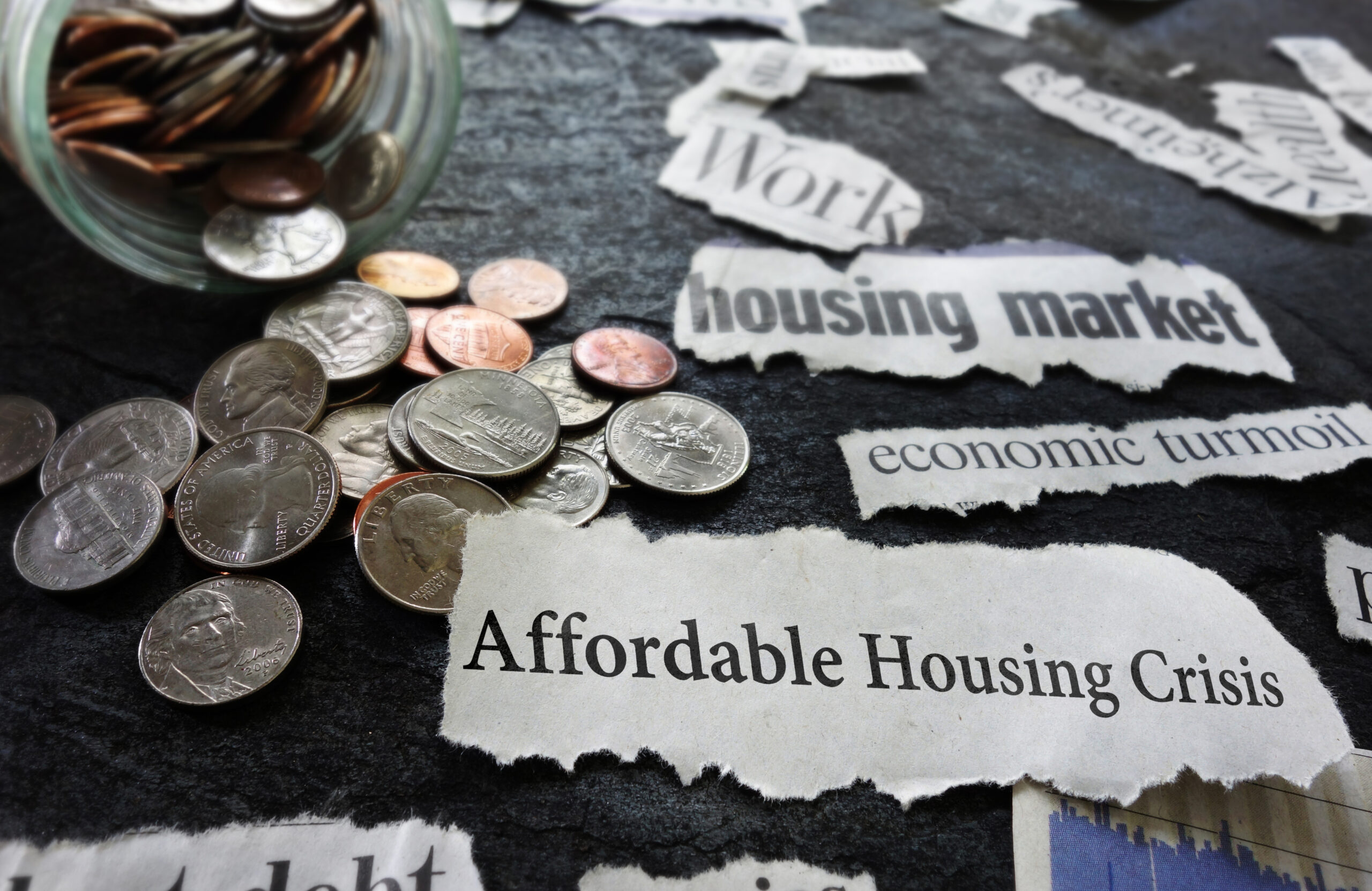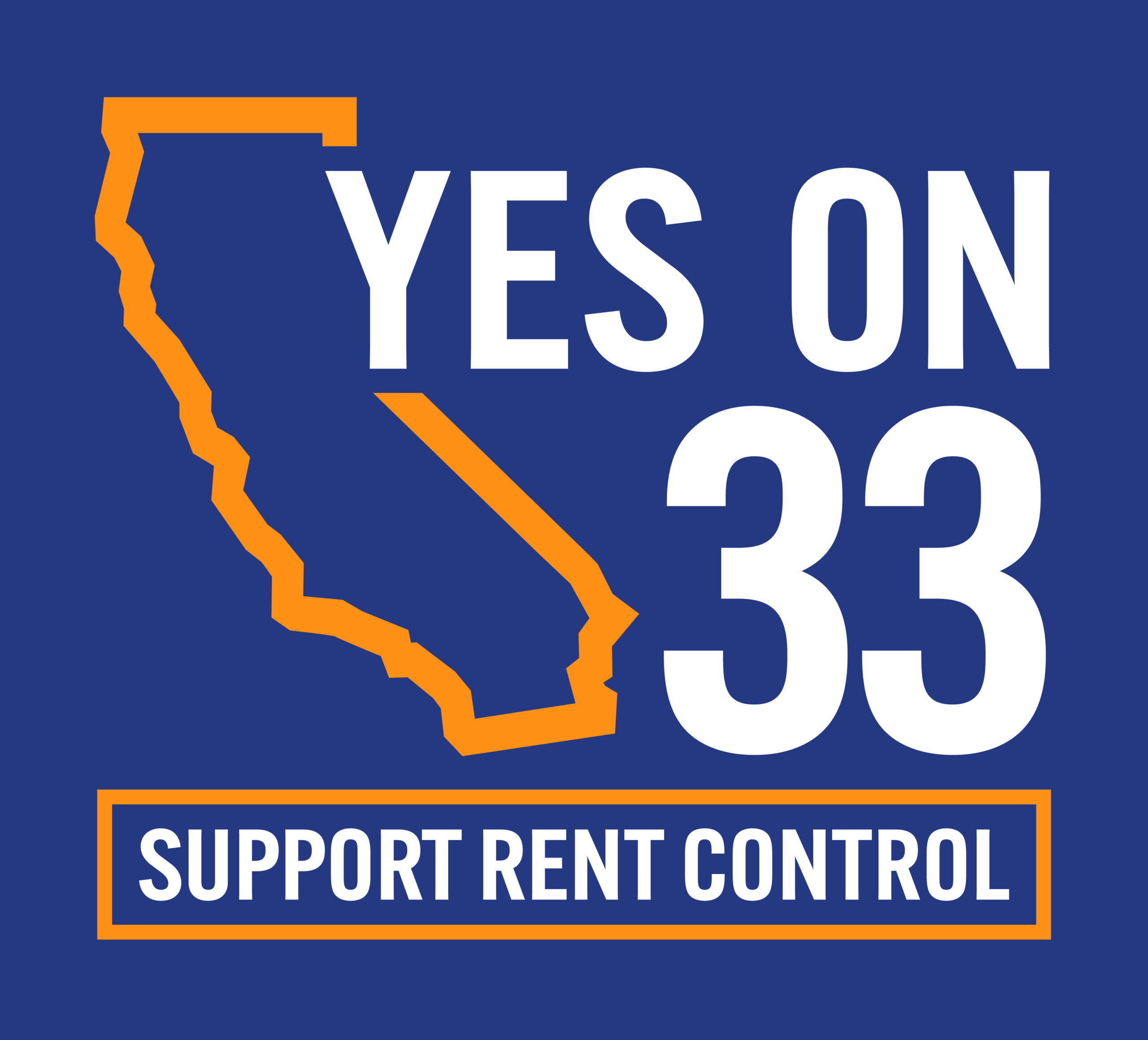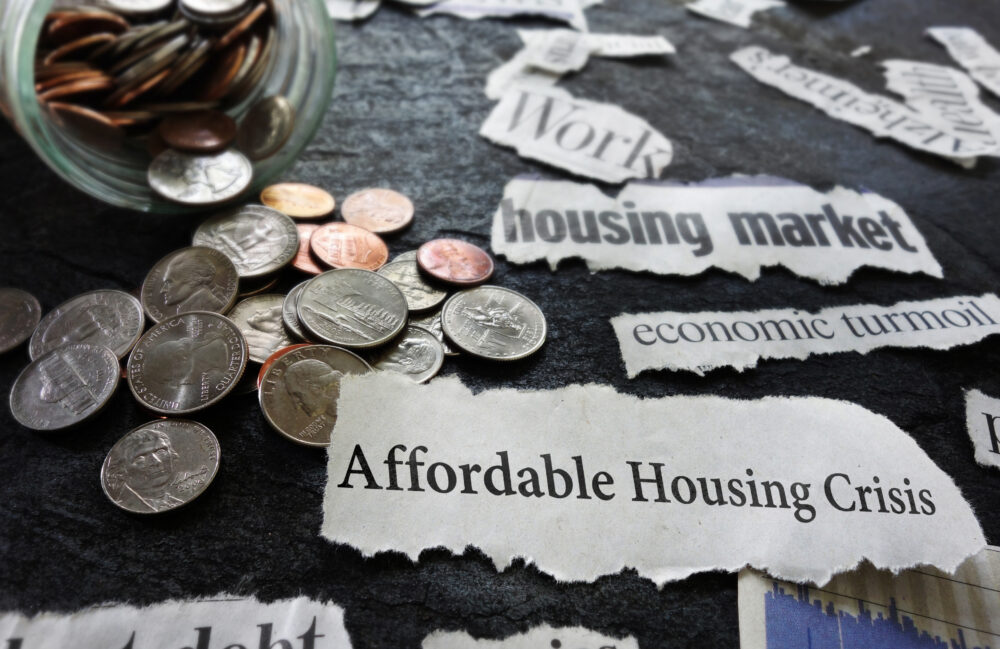
GUEST OP/ED – Since 2019, California legislators have allocated $20.6 billion to address the housing affordability and homelessness crises, and the city of Los Angeles shelled out nearly $1 billion during the 2021-2022 fiscal year. Local and state politicians are funding nonprofits and financial institutions to help, but nothing is moving the needle which raises the question, “Where is all the money going?”
When President Eisenhower left office in 1961, he warned the nation against the military-industrial complex made up of people both inside the government and from private companies. He noted “[t]he potential for the disastrous rise of misplaced power exists and will persist.” The same perversion has bled over into other facets of society, including housing. Billionaires and corporations pay legislators to support private entities that then reciprocate by continuing to provide financial support to those government officials. They, in turn, gum up the works and build bureaucracies. It’s a form of corruption.
In any instance where we identify a problem and allocate money to fix it, there is a high risk of waste and inefficiency, even when we give to nonprofits. The tail wags the dog when special interests’ priorities eclipse society’s needs.
For instance, Boeing gives money to the congresspeople who can deliver them business. A congressperson with a Boeing plant in their district will lobby to build more Boeing-manufactured aircraft. Similarly, the Pentagon will ask for more money to feed into weapons systems without regard for actual need or cost.
We have an affordable housing-industrial complex now too. We allocate huge sums of money for affordable housing, and a large percentage of that money is wasted on unproven solutions.
If we take the whole “housing funding” pie and divide it by need, it’s easy to see the money will run out quickly. The critical solution is to produce as many basic units as we can for the lowest possible cost. We figure out how much it costs to house one person in need and then bring as many people into the housing lifeboat as possible with the amount of money we have to spend.
But producing affordable housing entails a lot of people and invested parties – builders, affordable housing developers, banks, law firms, architects, engineers, governments, etc. Each gets a cut of most projects, and the pricier the project, the larger the cuts.
Since incentives are aligned to inflate costs, we end up with low-income units that cost $1 million to build – the equivalent of the famous $1000 toilet. The mortgage payment or subsidy on those overpriced low-income units ends up being $5000/month or $60,000/year. It would be cheaper to hand someone $50,000 and let them find their own place, but that’s no solution. Available housing money would evaporate quickly, and we’d be left with a tremendous number of people in need chasing very few available resources.
Most nonprofits run in some version of survival mode. Many are only as viable as their next grant. They have little capital to invest beyond what the government gives them which makes them prisoners of burdensome government rules and vulture capital greed. If they protest the system, they lose funding. So over time, they often become a part of the system and carry its water. Much like exists in the military-industrial complex, there is a revolving door in the private sector development complex between nonprofits, private industry, political staffers, and even politicians themselves. The voice of the person in need disappears from serious consideration altogether.
Just as the military-industrial complex creates the shiny new weapons it wants more often than the weapons it needs, the affordable housing-industrial complex wastes taxpayer dollars on lucrative experiments rather than efforts proven to address the affordable housing crisis – a self-serving that only leads to more homelessness.
Deconstructing this process isn’t an easy lift. It requires realigning incentives so that less expensive but more effective solutions – such as rehabbing older buildings – take priority over pushing new construction. In other words, if we take the extreme profit motive out of the equation, we have a chance at creating enough affordable housing to make a real impact. It’s past time to invest in provable solutions. The humanitarian crisis is getting worse. The status quo simply does not work.

